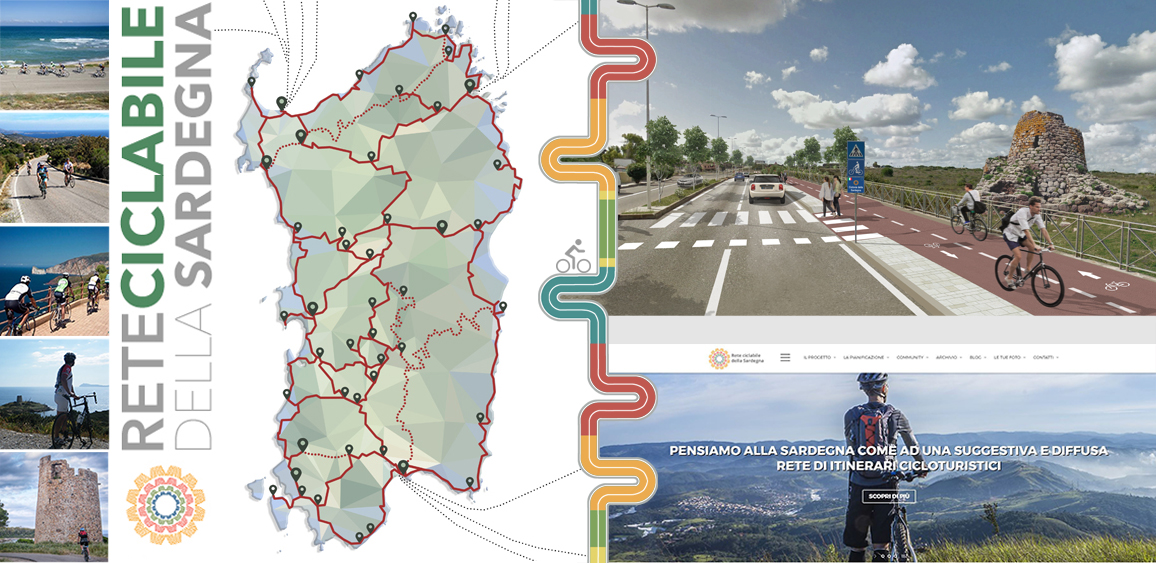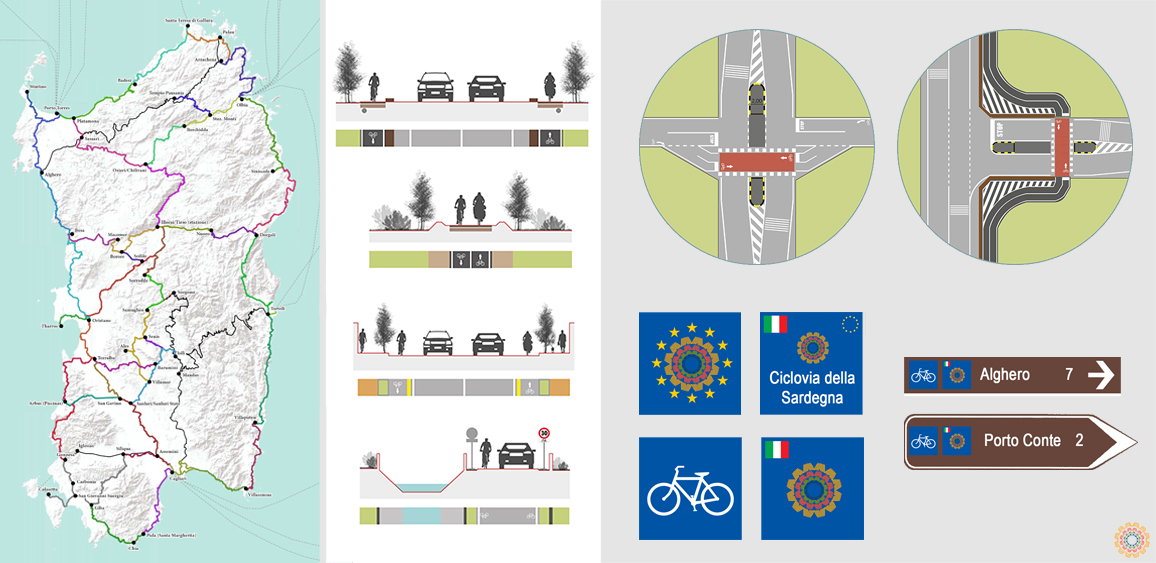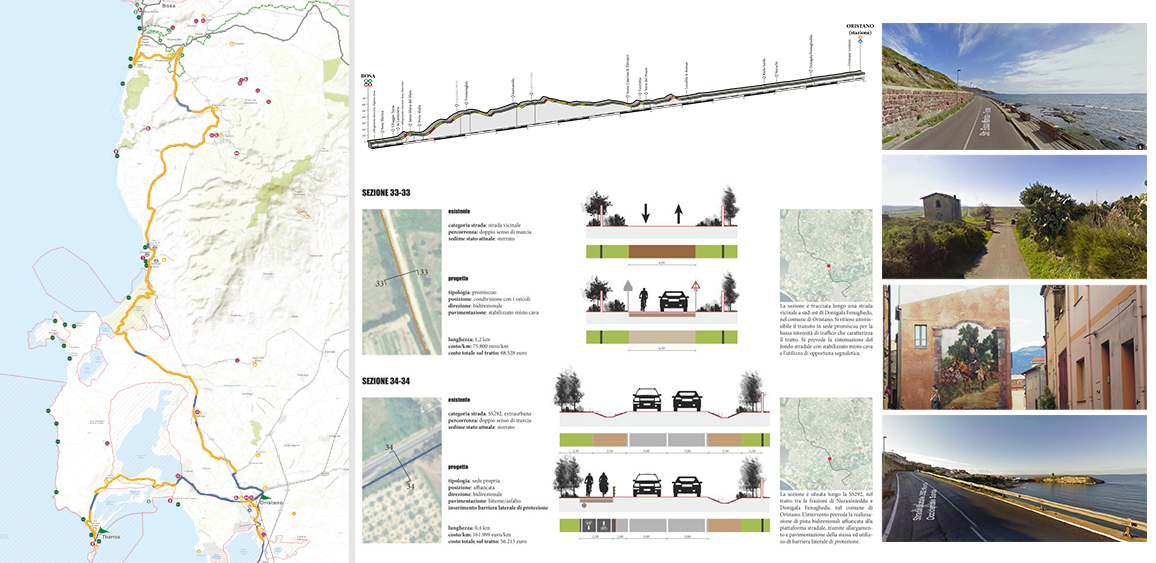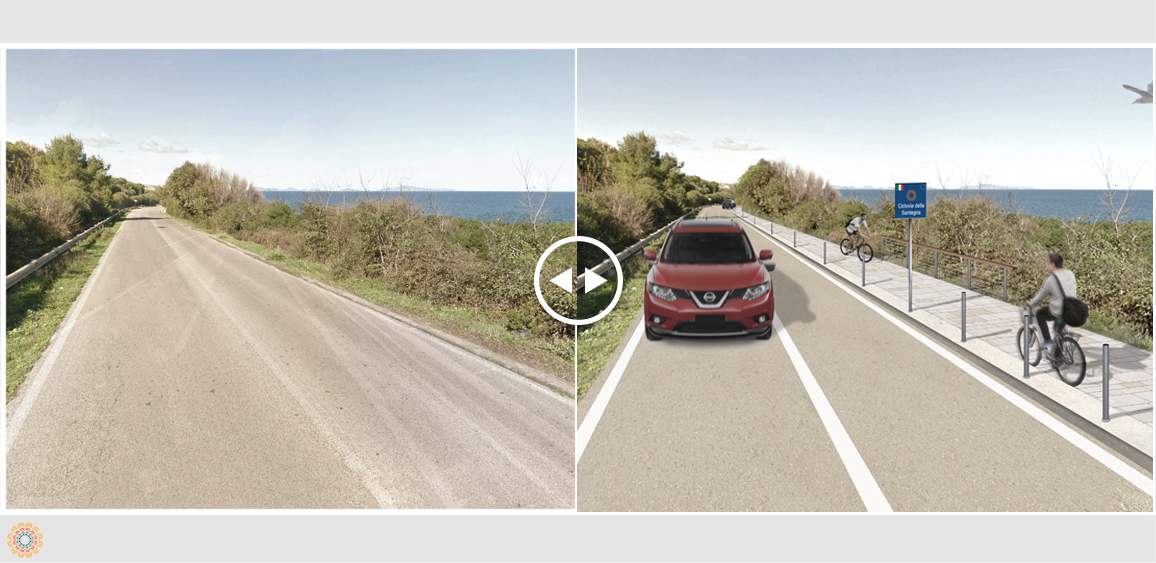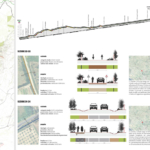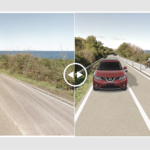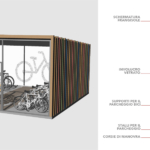In 2015, the Regional Government of Sardinia recognised cycling as a strategic factor for planning regional infrastructure priorities, committing financial resources for the first functional intervention and appointing the Sardinian Regional Transport Agency (ARST SpA) as the implementing body and CIREM for the development of the methodological-scientific framework.
The planning methodology, based on a systemic approach, identifies a series of interventions and actions as well as a combination of integrated infrastructure measures, both physical and social. The purpose of this approach is to popularise and promote the use of the bicycle as a daily transport mode, for leisure, sport and tourism. The interventions and actions set out in the Master Plan include:
- planning cycle routes, especially recovering disused railway lines
- locating and setting up services for cyclists
- intermodal integration
- integration with the surrounding landscape
- identifying tools for community involvement and for publicizing
- organisation of management structures
The network configuration comprises:
- 46 cycling routes
- 6 cycle+train routes
and involves:
- 256 municipalities
- 94 natural areas
- 2 Unesco sites
- 747 points of interest
- 8 commercial ports
- 24 marinas
- 49 train stations
- 432 public transport stops.
The technical solutions adopted are based on the use of existing low trafficked roads and on identifying those stretches where dedicated cycle paths can be created.
Italiano
